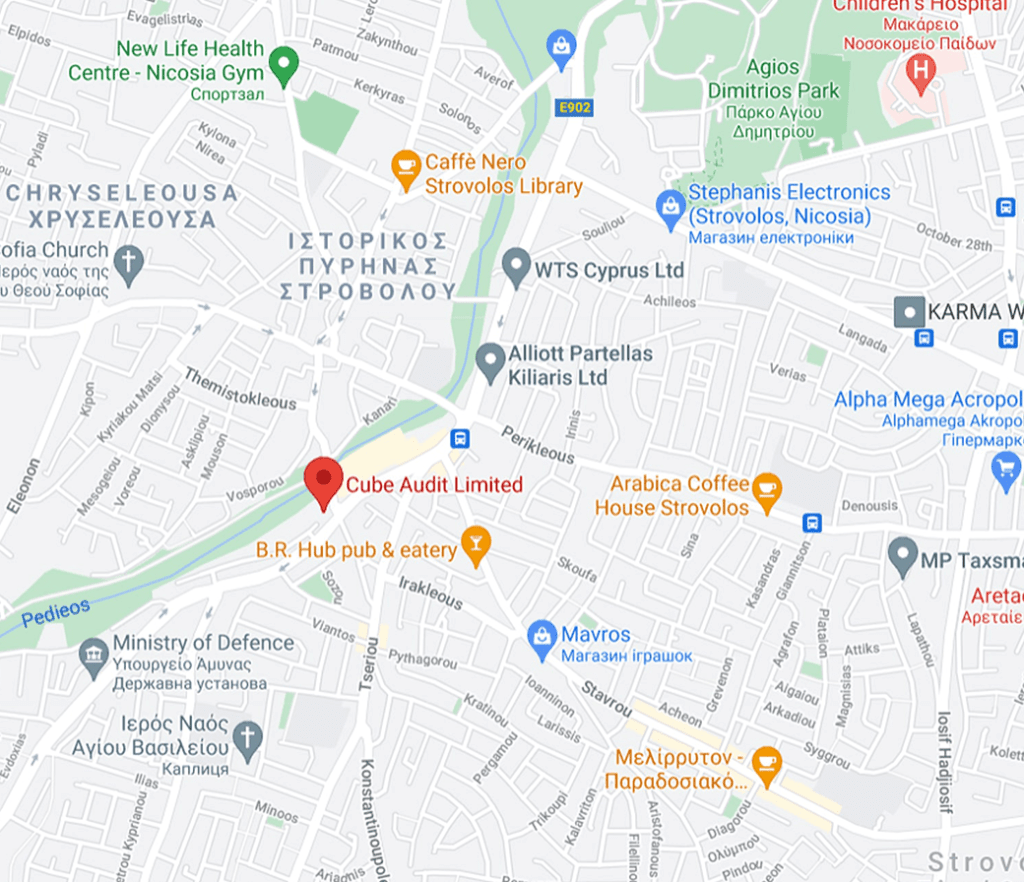EFFECTIVE TAX RATE CALCULATION
Adjust the numbers in the editable fields below to suit your case and find out your approximate Effective Tax Rate (ETR)
OVERALL Income
Overall Income (OI) from QIA:
Overall Expenditure
Overall Expenditure (OE):
Qualifying Expenditure
R&D costs incurred internally:
R&D costs outsourced to non-related parties:
Qualifying Expenditure (QE):
Uplift Expenditure
30% of the Qualifying Expenditure:
Cost of acquisition and outsourcing to related parties:
Uplift Expenditure (UE):
minimum from the two above
EFFECTIVE TAX RATE
Qualifying Profit (QP) = OI * (QE + UE) / OE:
Deduction = 80% * QP:
Taxable Profit (TP) = OI - Deduction:
Payable Tax (PT) = TP * 12.5%:
Effective Tax Rate = PT / OI * 100% :
FREQUENTLY ASKED QUESTIONS
Qualifying Intangible Assets (QIA)
As per the amended legislation, “qualifying intangible asset” is defined as an asset which was acquired, developed or exploited by a person within the course of carrying out his business (with the exception of intellectual property related to marketing), which is the result of research and development (R&D) activities, and which includes intangible assets for which only economic ownership exists.
Qualifying intangible assets comprise of:
- patents, as defined in the Patents Law
- computer software
- other IP assets which are legally protected and fall within one of the following categories:
- utility models, intellectual property assets which provide protection to plants and genetic material, orphan drug designations and extensions of protections for patents
- non-obvious, useful and novel, where the person utilizing them in furtherance of a business does not generate annual gross revenues in excess of €7,500,000 from all intangible assets (€50,000,000 in case of a group of companies), which are certified as such by an appropriate authority, in Cyprus or abroad.
Non-Qualifying Assets For The IP Box Regime
Expenditure for the acquisition of an intangible asset that does not qualify for the transitional provisions, and which asset is used in furtherance of the business, can be amortized over the asset’s useful life, in accordance with accepted accounting principles, with a maximum period of 20 years.
A balancing statement needs to be prepared in case where the asset is disposed, similarly to cases of disposal of fixed assets. It is of a high importance to be noted that goodwill does not qualify for amortization.
Qualifying Profit (QP)
Qualifying profit (QP) is defined as the proportion of the overall income (OI) derived from the qualifying asset, corresponding to the fraction of the qualifying expenditure (QE) plus the uplift expenditure (UE) over the overall expenditure (OE) incurred for the qualifying intangible asset (QIA). The amount of qualifying profit can be derived through the application of the following formula:


Overall Income (OI)
Overall income is defined as the gross income earned from qualifying intangible assets during the tax year, minus any direct costs incurred for generating the income.Overall income includes, but is not limited to:
- royalties or other amounts resulting from the use of qualifying intangible assets
- license income for the operation of qualifying intangible assets
- any amount received from insurance or as compensation in relation to qualifying intangible assets
- income from the disposal of qualifying intangible assets, excluding profits of a capital nature
- embedded income of qualifying intangible assets arising from the sale of products or services, or from the use of procedures that are directly related to the assets
- all costs incurred, either directly or indirectly, wholly and exclusively for the purpose of earning the income from qualifying intangible assets
- the amortization of the cost of the assets
- notional interest on equity contributed to finance the development of the assets (being a notional interest tax deduction allowed by Cyprus tax provisions)
Qualifying Expenditure (QE)
Qualifying expenditure for qualifying intangible assets is defined as the sum of all R&D costs incurred during any given tax year wholly and exclusively for the development, improvement or creation of qualifying intangible assets, and which costs are directly related to such assets. Qualifying expenditure includes, but is not limited to:
- wages and salaries
- direct costs
- general expenses relating to installations used for R&D
- commission expenses associated with R&D activities
- costs associated with R&D activities that have been outsourced to non-related persons
- costs for acquisition of intangible assets
- interest paid or payable
- costs for acquisition or construction of immovable property
- amounts paid or payable directly or indirectly to a related person to conduct R&D activities, regardless of whether such amounts relate to cost sharing agreements
- costs which cannot be proved directly connected to a specific qualifying intangible asset
Uplift Expenditure (UE)
An uplift expenditure is added to the qualifying expenditure, which will be equal to the lower of:
- 30% of the qualifying expenditure
- the total cost of acquisition of the qualifying intangible assets, plus the cost of outsourcing to related parties of any R&D activities in relation to such assets
Overall Expenditure (OE)
Overall expenditure relating to qualified intangible assets is defined as the sum of:
- the qualifying expenditure
- the total cost of acquisition of the qualifying assets, plus the cost of outsourcing to related parties of any R&D activities in relation to these assets, incurred during any tax year
Accounting Records
Persons claiming benefits under the new regime are obliged to maintain proper books of account, as well as records of income and expenses for each intangible asset.
Effective Tax Rate
The effective tax rate is the overall tax rate paid by the company on its earned income.
HOW TO APPLY FOR IP BOX?
Contact us to get more details about the requirements and possible tax deductions for your business
CONTACT US
- [email protected]
- Cube Audit Ltd, 124 Strovolos Avenue, Tsigarides Building, Office 203, 2042, Strovolos, Cyprus
